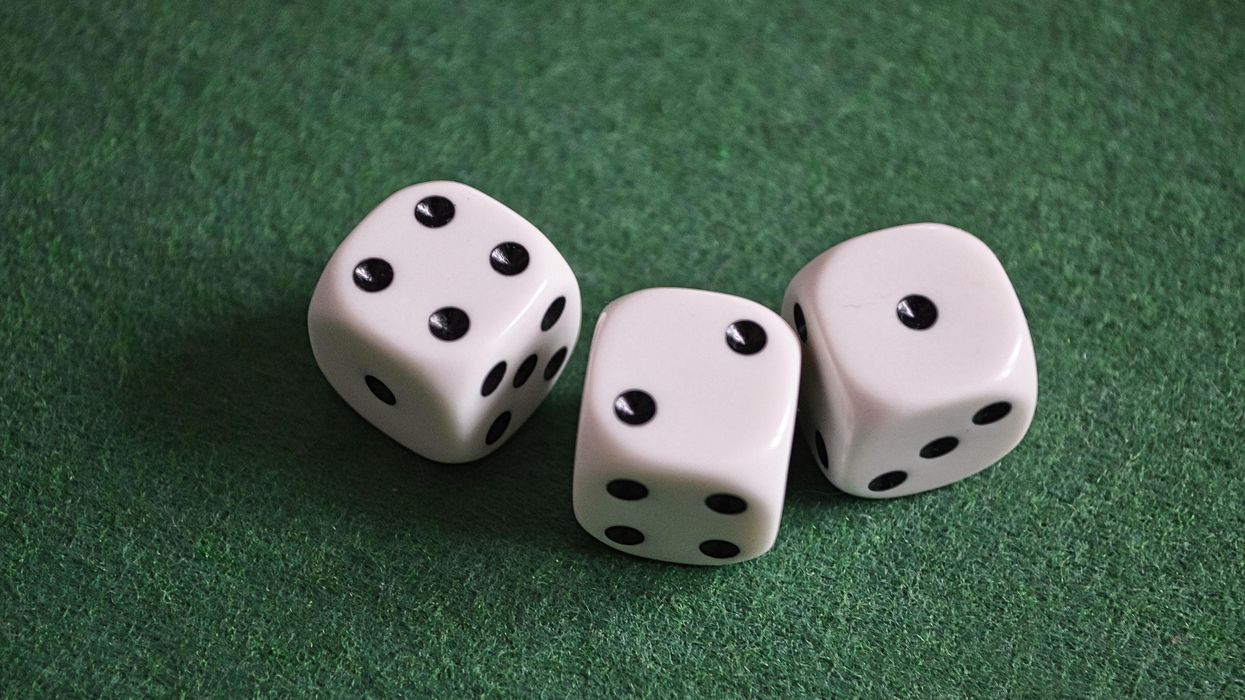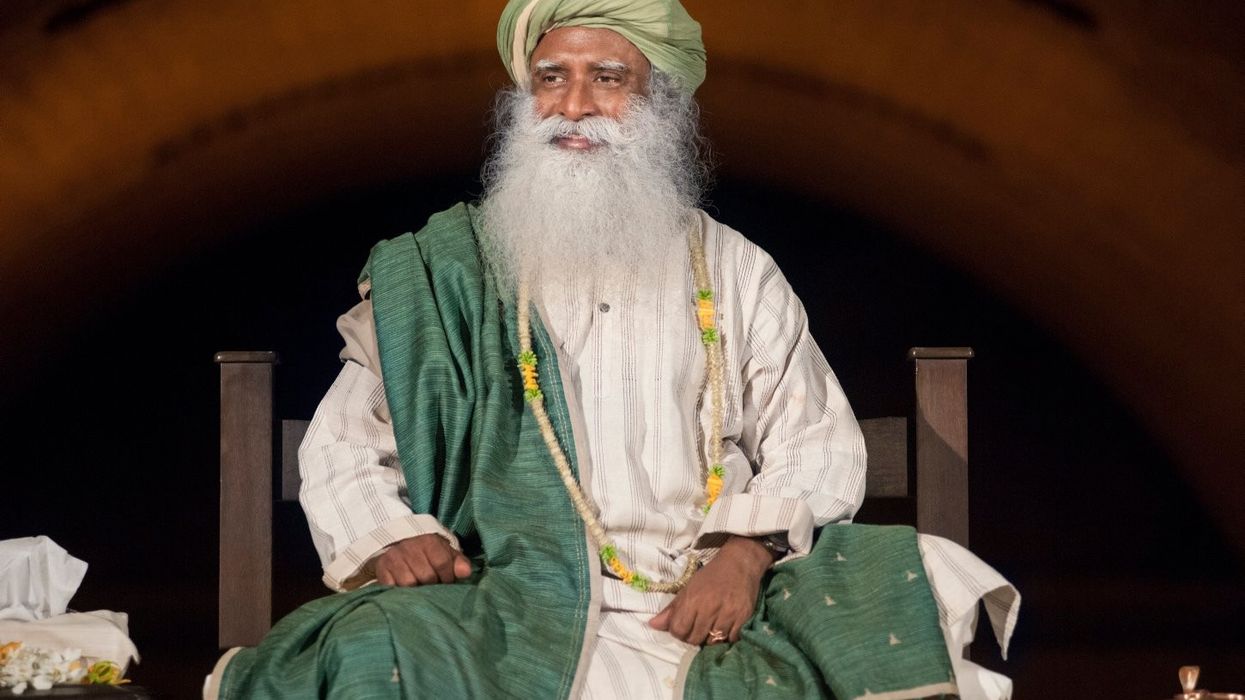The UK's hospital death toll due to Covid-19 rose by 847 to 14,576, as of 1600 GMT on April 16.
The health department said at least "341,551 people have been tested of which 108,692 tested positive".
“Today’s number of announced deaths indicates three things. Firstly, the UK is one of the hardest hit countries in the world from this first wave," said James Naismith, director of the Rosalind Franklin Institute.
"Secondly, the UK seems to have passed the peak for the first wave," Naismith said. "Finally, we will likely see only a gradual decrease from the peak and this means we will see several hundreds of announced deaths every day for some time ahead."
The highest daily death toll reported in the UK was on April 9, when the government said 980 people had died.
Since then the daily toll has declined slightly and was under 800 for much of this week, until it rose by 861 as of April 15.
The death toll in English hospitals rose 738 to 13,134, the health service said.
"Thirty of the 738 patients (aged between 34 and 92 years old) had no known underlying health condition," it added.
The figures were announced as a leading public health professor told lawmakers that the British government was too slow to react on a number of fronts to contain the outbreak that could cause 40,000 deaths in the UK.
Prime Minister Boris Johnson had initially refrained from approving the stringent controls that other European leaders imposed but then closed down the country when projections showed a quarter of a million people could die in the UK.
"Where were the system errors that led us to have probably the highest death rates in Europe?" Anthony Costello, professor of International Child Health and Director of the UCL Institute for Global Health, told the Health and Social Care Committee.
"We have to face the reality of that: We were too slow with a number of things," Costello told the committee. "We could see 40,000 deaths by the time it's over."
Costello, a paediatrician who is an expert in epidemiology, said the government should make sure its response to the second and additional waves of infection was not too slow.
The UK has the fifth highest official death toll from COVID-19 in the world, after the US, Italy, Spain and France, though the figure only covers hospital fatalities and the real number is probably much higher.
British ministers have defended their response to the outbreak, saying they followed scientific advice and have responded with urgency in what amounts to a war-like situation.
Costello said the UK needed widescale testing and the right systems in place to deal with further flare-ups of the outbreak.
"The recent estimates, even from the chief scientific officer, is that after this wave - we could see 40,000 deaths by the time it's over - we could only have maybe 10%, 15% of the population infected or covered," he said.
"So the idea of herd immunity would mean another five, six waves maybe in order to get to 60%," he said. "We have got to pray the vaccinologists come up."
COVID-19 TESTING
Health Secretary Matt Hancock said mass community testing was part of the British strategy, though the government has yet to find an antibody test that is accurate enough to be used.
"It is part of the strategy, we will be introducing it when we can," Hancock told the committee.
He said testing was being expanded to include the police, the fire service, prison staff, critical local authority staff, the judiciary, and the work and pensions ministry.
But he was questioned by lawmakers about the daily death toll data - which gives hospital deaths but ignores deaths at home or in care homes.
Hancock said the rate of deaths due to COVID-19 in care homes was higher than the 2% of the total indicated by official data, adding he was concerned about how the novel coronavirus was spreading in places housing vulnerable people.
"We do know the number of people who die outside hospital and they very largely die at home," Hancock said.
One worrying side effect of the lockdown has been a halt in the number of people seeking medical help with suspected cancer cases, Hancock said.
"Far, far fewer people are coming forward," he said. "We'd spent an awful lot of time ... driving up those coming forward for cancer treatment. And that has been brought to a juddering halt by this virus."
LESSONS TO LEARN
Britain and other G7 countries discussed the need to learn the lessons of how the novel coronavirus came to spread throughout the world, a spokesman for the prime minister said on Friday.
Foreign Secretary Dominic Raab, who is standing in for Johnson after the prime minister contracted Covid-19, said on Thursday there could not be business as usual with China after the crisis, while recognising that Britain had worked well with China on repatriation of citizens and procurement.
Asked if China came up in a call of G7 leaders, the spokesman told reporters: "They obviously discussed ... the need to learn the lessons of how the virus came to be spread."
"The virus obviously began in China.... We will want, as the foreign secretary said, to look very carefully with our international partners at the hard questions of why the outbreak happened, why it couldn't be stopped earlier and what can be done to prevent it in the future."












